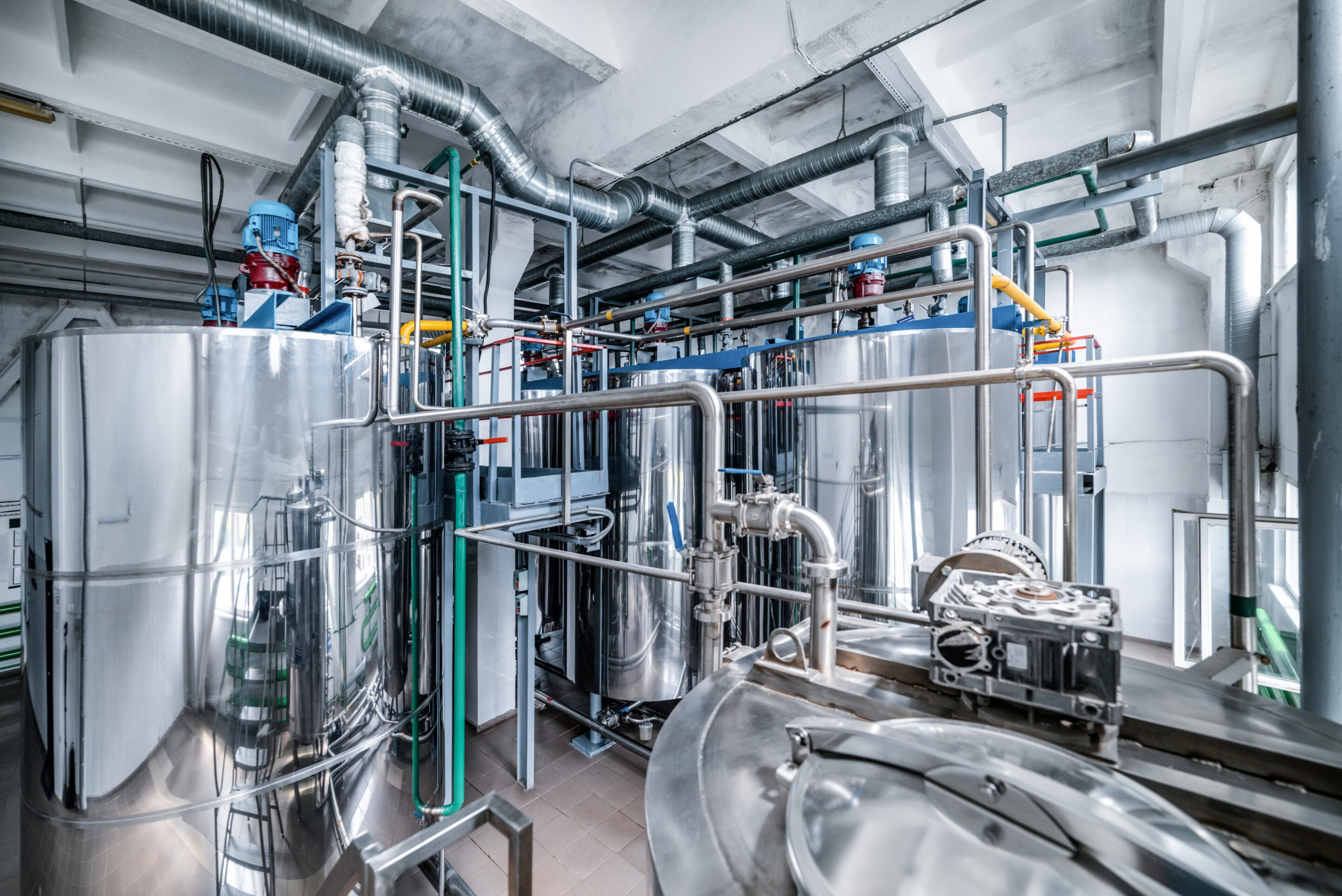In manufacturing, maintaining impeccable cleanliness and sanitation is paramount, especially when it comes to equipment. Two of the most important methods for achieving this goal are Clean-In-Place (CIP) and Clean-Out-of-Place (COP). In this blog post, we’ll delve into the specifics of COP, exploring its applications, advantages, and considerations for manufacturers contemplating the best approach for their facilities.
Understanding Clean-Out-of-Place (COP):
Manufacturers often resort to COP methods when dealing with equipment and utensils that cannot be conveniently cleaned in place or when disassembly is necessary. This method is particularly suitable for components like fittings, clamps, impellers, hoses, and others that may not lend themselves to easy in-place cleaning. COP employs the same cleaning solutions as CIP, but the distinction lies in the disassembly and manual cleaning process involved.
The Immersion Washer in COP Workflow:
At the heart of COP workflow is the immersion washer, a crucial piece of equipment for achieving thorough cleanliness. These long tanks utilize spray jets to generate high-speed turbulence, coupled with detergents, to scrub away contaminants from parts submerged in ultra-hot water. The deep sinks allow for soaking, immersion in sanitizing solutions, and final rinsing, ensuring a meticulous cleaning process before reassembling and reinstalling parts into manufacturing equipment.
Challenges and Considerations:
While automated COP systems reduce labor requirements and minimize the risk of human error, challenges such as overspray and improper stacking of cleaned parts must be addressed. These issues can potentially lead to recontamination, underscoring the importance of a well-established and followed COP procedure. It is vital for manufacturers to comprehend the intricacies of COP and implement preventive measures to avoid cross-contamination.
Comparing COP and CIP:
Clean-In-Place systems are generally preferred over manual and clean-out-of-place procedures when budgets and existing process designs allow. However, for start-up processing companies and those aiming to control costs, COP presents a viable option. Despite not matching the speed and efficiency of CIP systems, COP equipment can be more cost-effective than manual washing while ensuring effective cleaning.
Conclusion:
In the quest for optimal cleanliness and sanitation in manufacturing facilities, the choice between CIP and COP is a critical decision. While CIP is often the preferred method for established facilities, COP proves to be a cost-effective alternative, particularly for those with budget constraints. Understanding the nuances of both methods and their implications for specific equipment and processes is essential for making informed decisions that prioritize food safety and quality. If your COP system fails or you have equipment breakage, Sanitary Fittings is here for all your manufacturing equipment needs.

